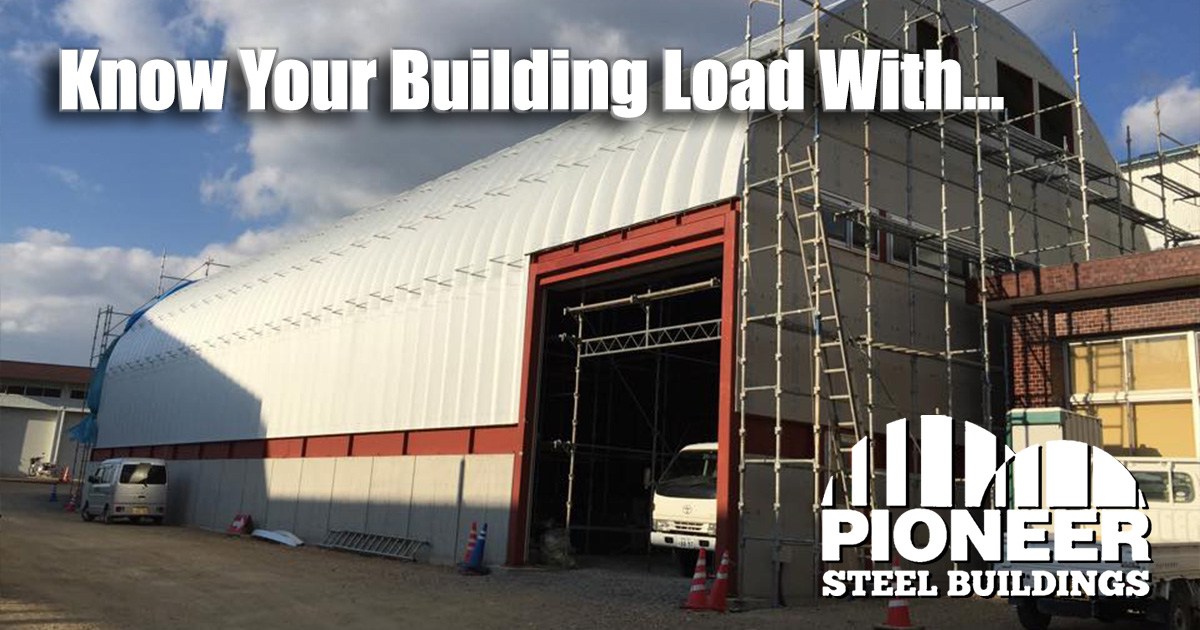
When building a steel structure, there are several factors to consider to ensure safety, durability, and overall functionality. One of the most important considerations is the building load, which refers to the weight and force that the building must withstand throughout its lifetime. Different loads can affect a building in various ways, so it's essential to know the specific loads that your building may encounter to ensure that it's designed and built to withstand them.
SNOW LOADS
Snow loads are the weight of snow that may accumulate on the roof or other parts of the building during the winter months. The amount of snow that a building may encounter varies depending on the location, the pitch of the roof, and other factors. It's crucial to consider snow loads when designing a steel building, as excess snow can add significant weight and put unnecessary strain on the structure.
WIND LOADS
Wind loads refer to the force that wind exerts on a building. The amount of wind force that a building may encounter depends on several factors, including the location, the height of the building, the shape of the structure, and the building's orientation. Wind loads can be especially significant in areas that experience frequent hurricanes, tornadoes, or other severe weather conditions.
SEISMIC LOADS
Seismic loads refer to the ground's movement caused by an earthquake, which can put significant pressure on a building's foundation and structure. The severity of seismic loads depends on several factors, including the proximity to an earthquake fault, the soil type, and the building's height and weight.
GENERAL LOADS (DEAD AND COLLATERAL)
The dead load refers to the weight of the building itself. The other load to consider is the collateral load which refers to the weight of any permanent fixtures, such as HVAC systems, electrical wiring, and plumbing. These loads are constant and do not typically vary based on the location of the building.
DESIGNING FOR BUILDING LOADS
When designing a steel building, it's crucial to consider all the potential loads that it may encounter. This is where professional engineers are necessary to ensure that your structure is properly designed and built to withstand all potential loads. Engineers use sophisticated software to model different loads and ensure that the building's components, such as the foundation, framing, and connections, are designed and built to withstand them.
In summary, building loads are a critical consideration when designing a steel building. Understanding the different types of loads that a building may encounter can help you ensure that your structure is safe, durable, and able to withstand the forces that it will face throughout its lifetime.